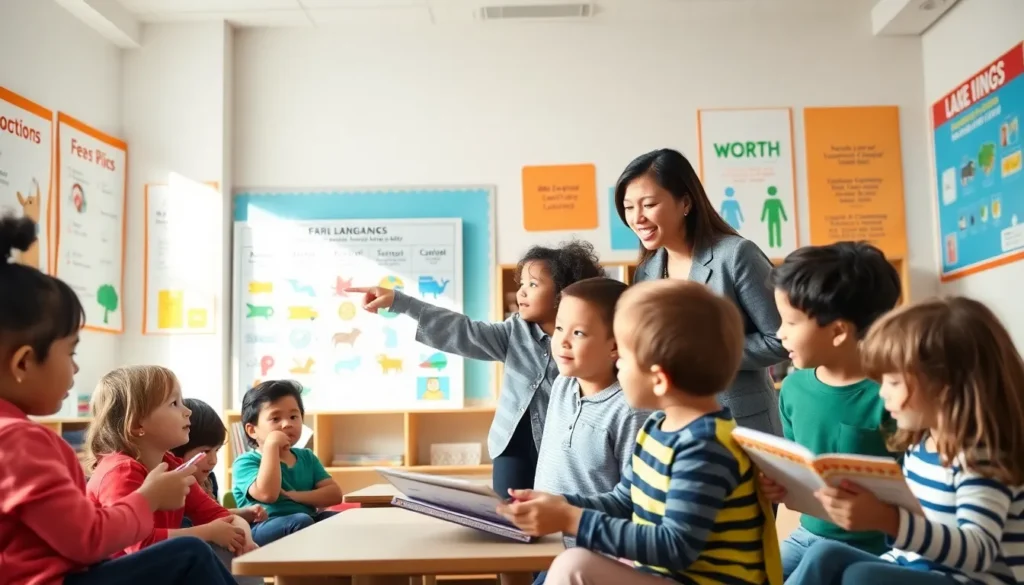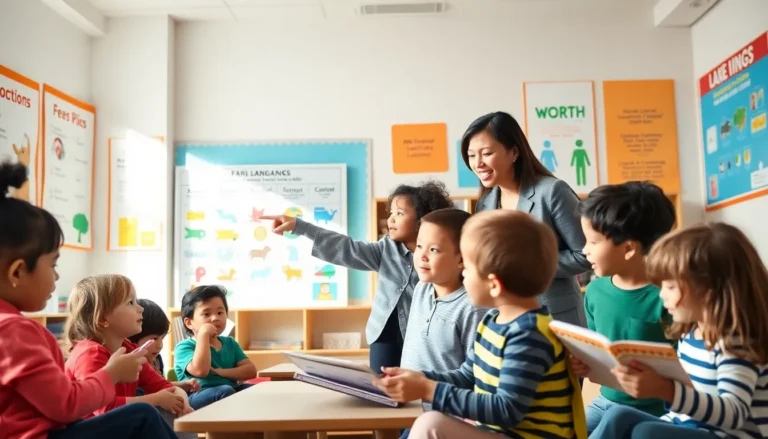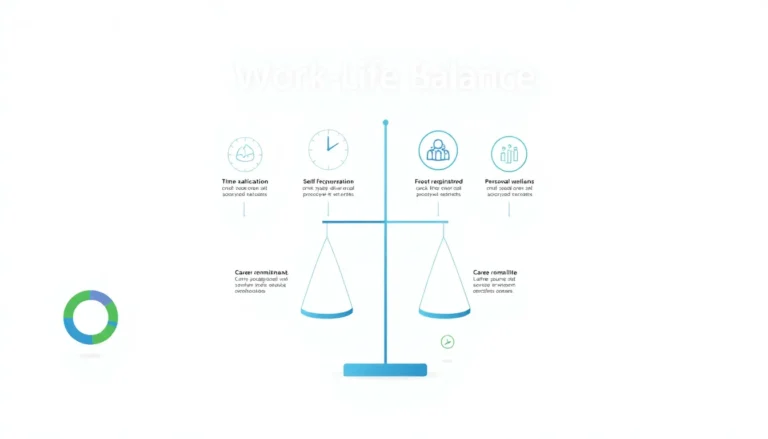Table of Contents
ToggleLanguage learning is like climbing a giant linguistic mountain, challenging, exhilarating, and oh-so-rewarding. Whether one is picking up essential phrases for a summer vacation or striving for full fluency, understanding the stages of language learning can turn that journey from a bumpy trek into a smooth climb. The key is to recognize that each phase builds upon the last, transforming students from babbling toddlers to eloquent conversationalists. So, buckle up and get ready to explore the fascinating stages of this linguistic adventure.
The Importance Of Language Learning

Language learning is undeniably crucial in today’s interconnected world. It opens doors to a better understanding of different cultures and perspectives and sharpens cognitive abilities like memory and problem-solving skills. By learning a new language, individuals enhance their communication skills, making them more effective in both personal and professional settings. This skill isn’t just about vocabulary and grammar: rather, it’s a bridge that fosters connections and builds relationships across diverse communities.
Overview Of The Language Learning Process
Language learning typically unfolds in a series of distinct stages, each characterized by unique features and developmental milestones. Understanding these stages can greatly enhance both teaching methods and personal approaches to language acquisition.
Stage 1: Pre-Linguistic Stage
This initial stage occurs during infancy. Expectant parents often wonder about their baby’s first words, but before that moment, a wealth of foundation work occurs.
Characteristics Of The Pre-Linguistic Stage
During the pre-linguistic phase, babies engage in cooing and babbling. They experiment with sounds, laying the groundwork for future speech. Interaction with caregivers is key. This is where infants begin making connections between sounds and meanings, even before articulating any words.
Activities To Support Pre-Linguistic Development
Parents can stimulate language development through simple techniques. Engaging in frequent eye contact, repetitive sounds, and singing lullabies can make a significant impact. Reading picture books is delightful and builds critical connections between visuals and language.
Stage 2: Early Language Acquisition
As children approach their first birthday, they enter the early language acquisition stage. This is when the magic begins.
Characteristics Of Early Language Acquisition
Children start producing their first recognizable words. Vocabulary expands quickly, often emerging from concrete experiences. Unexpectedly, toddlers may take an interest in naming objects within their environment, showcasing a blossoming curiosity about the world around them.
Activities To Enhance Early Language Skills
Here, interactive games can make learning fun. Singing songs with repeated phrases and introducing rhyme can solidify early vocabulary. Likewise, asking simple questions during reading can encourage children to respond and think critically.
Stage 3: Developing Conversational Skills
Around the age of two or three, children begin to form basic sentences. They transition into more interactive communication, they’re ready to join the conversation.
Characteristics Of Developing Conversational Skills
At this stage, children may use two- or three-word phrases and start developing the ability to hold dialogues. They also begin to grasp the basic rules of conversation, such as taking turns and staying on topic.
Techniques To Foster Conversational Development
Introducing role-play scenarios can be hugely effective. Encouraging conversations, providing descriptive feedback, and modeling dialogue can greatly impact their growth during this stage.
Stage 4: Advanced Language Proficiency
By the time kids reach school age, they are more adept linguistically. At this stage, it’s less about survival and more about expressing complex ideas and emotions.
Characteristics Of Advanced Language Proficiency
Children start mastering complex grammar, expanding their vocabulary, and developing narrative skills. They can effortlessly switch between informal and formal language depending on the context.
Strategies To Achieve Advanced Proficiency
Engaging children with diverse reading materials, storytelling, and discussions surrounding different subjects fosters this stage. Consistent practice and feedback can deepen comprehension and enhance fluency.
Stage 5: Mastery And Nuance
The final stage is mastery, where learners refine their understanding and application of language to communicate with finesse and precision.
Characteristics Of Mastery
Individuals achieve a level where they can tackle complex topics, use idiomatic expressions, and convey subtle meanings. Mastery goes beyond mere communication: it encompasses understanding cultural nuances and emotional undertones.
Cultivating Nuance And Complexity In Language Use
This can be fostered through engaging in discussions about abstract concepts and diverse subjects. Encouraging learners to write essays, participate in debates, or even create art can enhance their expressive capabilities. Tuning into differences in tone, dialects, and styles can also deepen their insights.







